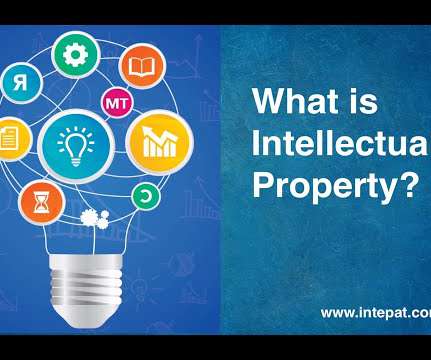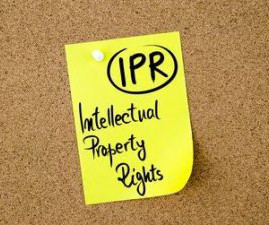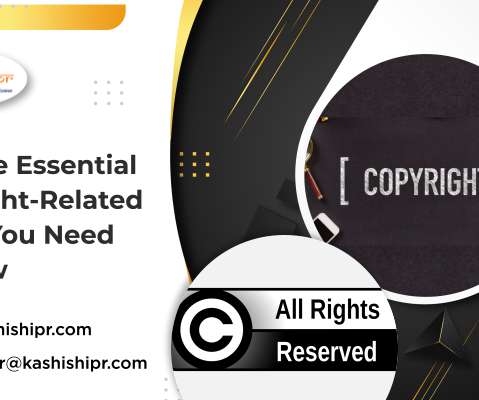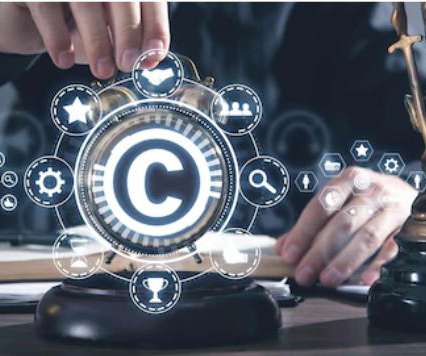Is The ‘Art’ Of Food Plating Copyrightable
Intepat
DECEMBER 12, 2021
In today’s context, Culinary talents encompass more than just the preparation or cooking of a dish; they also include the presentation, arrangement, or appearance of their cuisine, which is frequently referred to as plating. A lot of attention is placed on the art of plating, especially in the restaurant business.












Let's personalize your content